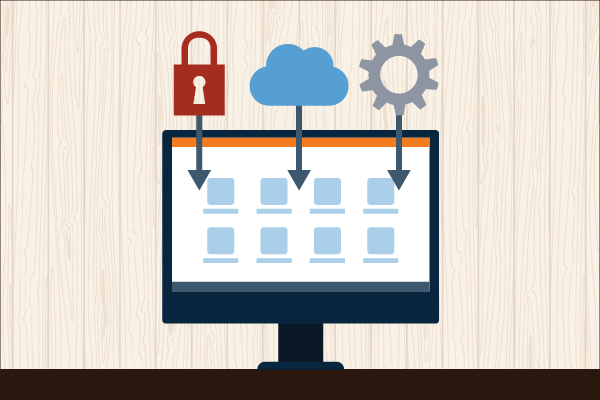Technology#

Ensuring a smoothly functioning teleworking model requires the appropriate hardware and software technology for managers and employees. There are many technology resources available for employers. We’ve compiled a list of resources below to help businesses get started.
-
There are a myriad of software options organizations can choose to enable telework. It's important to ensure that software and hardware are secure, as nefarious outfits have been known to take advantage of less-secure systems, especially as remote work expanded due to COVID-19.
The Society for Human Resource Management, an organization for the human resources profession, offers several cybersecurity topics for organizations to consider:
- Setting up and communicating remote-work security policies
- Securing virtual private networks (VPNs)
- Regulating personal-device use
- Addressing authorization and authentication
- Communicating with employees about phishing and malware campaigns tailored to the current crisis
- Securing communication and collaboration channels
- Providing vigilant IT support
Organizations should work with their IT departments to develop cybersecurity policies and identify software and hardware that's right for the organization.
-
With cybersecurity in mind, organizations have many options for selecting software and hardware, ranging from widely-used programs like the Google and Microsoft suites to programs developed in-house by IT professionals. For organizations that plan on moving to a hybrid model with employees both in the office and teleworking, conference and meeting rooms should be equipped to accommodate meetings comprised of those in-person as well as virtual.
The federal government's General Services Administration has developed some guidance documents for telework. For the technology component, the GSA advises that no matter what software is selected, the suite should include:
- Access to shared digital drives, databases, and regularly used computer programs from multiple locations or computers
- An instant messaging tool for quick, efficient online dialogue between colleagues
- Email capable of being accessed remotely, perhaps hosted “in the cloud”, on an external digital server
- Mobile phones, along with the ability to tether that device to a mobile laptop and connect to the Internet anywhere the phone has cellular service
- Creation and use of digital signatures in writing and PDF applications
Several companies, tech websites, and others have put together lists of software and hardware solutions your organization may want to consider:
- Wright Business Technologies produced a list of the best technologies for remote work in 2020 related to mobile hardware tools, virtual collaboration and communication tools, project management tools, performance and engagement tools, and cybersecurity.
- Recruitment.com produced a list of tech tools needed for remote teams related to business management, communication, project management, data & security, and hiring remote workers.
- The International City/County Management Association developed a Cyber-Security Checklist of things to consider when developing teleworking solutions, particularly for cybersecurity issues.
Each telework tool has pros and cons, ranging from cost, to cybersecurity, to usability by employees. Work with your IT department and your employees to find the best tools for your organization.
-
Moving to telework results in changes for employees and employers alike. Creating a telework environment that's transparent, supportive, and trusting is essential.
The Society for Human Resource Management offers some tips for addressing how teleworkers sometimes feel isolated and unappreciated for their work compared to their in office-counterparts. It proposes, as a way to combat this, using technology to provide feedback and recognition. These tools encourage peer-to-peer recognition with texts and video recordings, offer customized awards for employee recognition, integrate with e-mail, guide workforce development, help managers schedule check-in meetings.